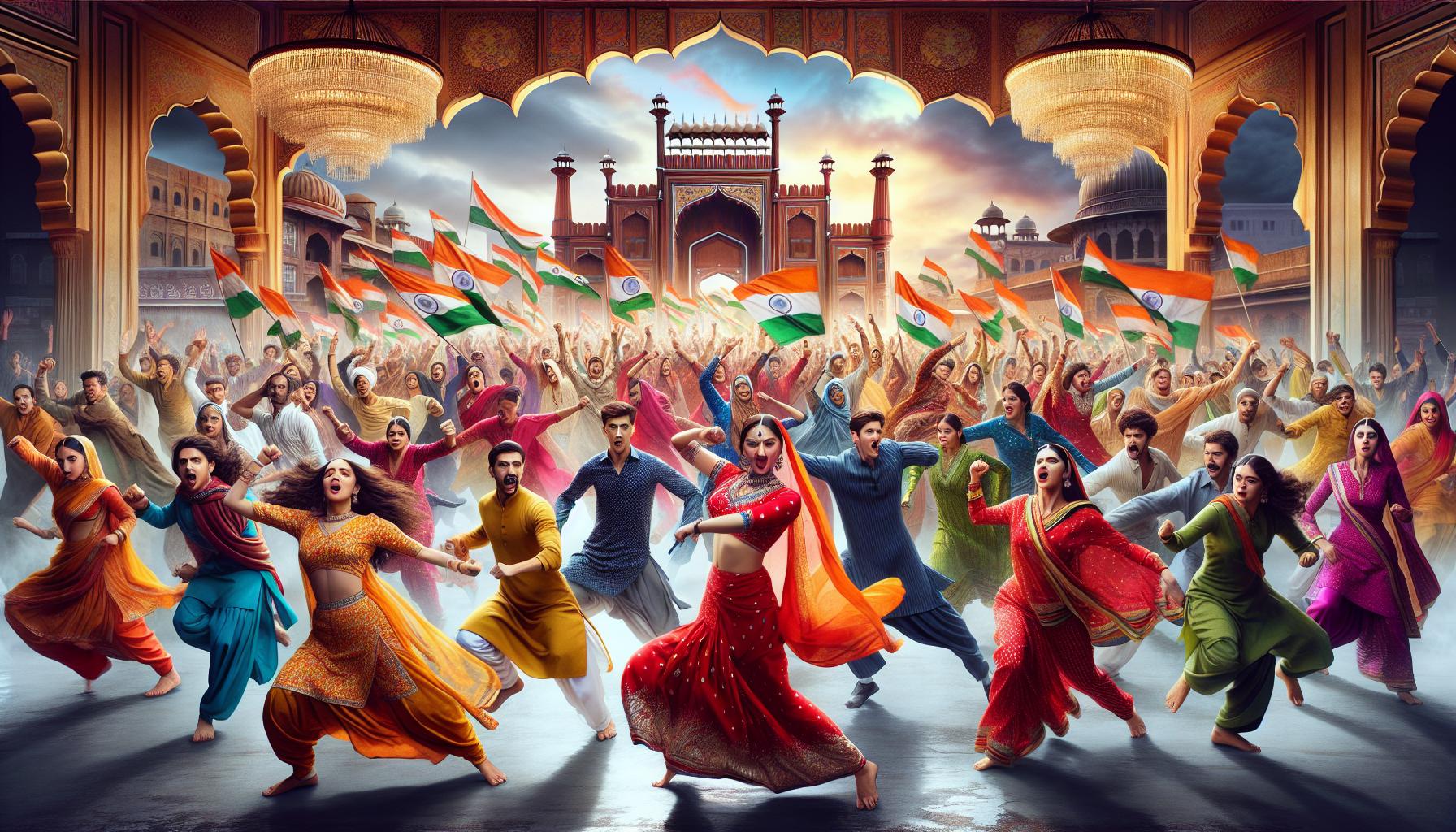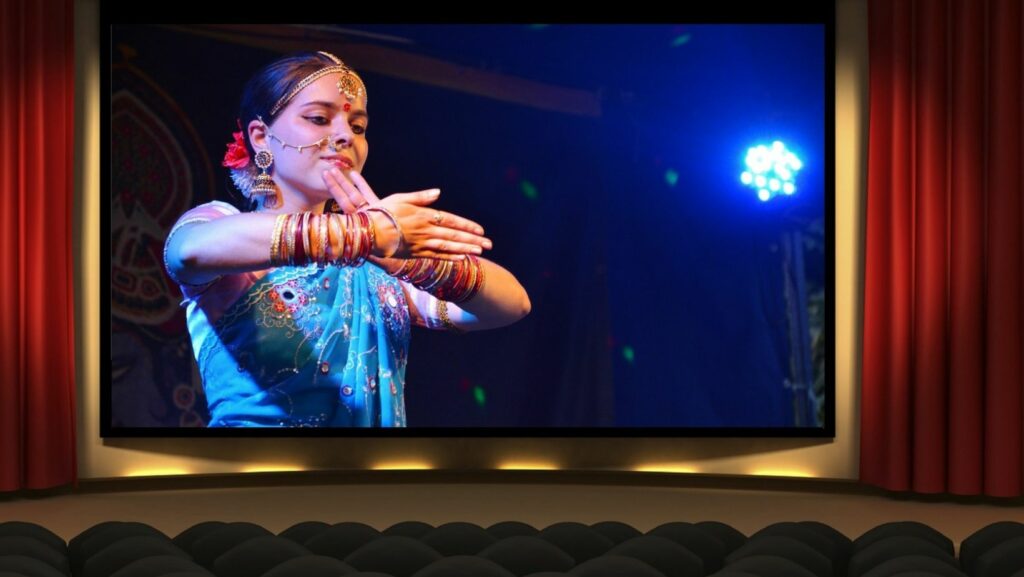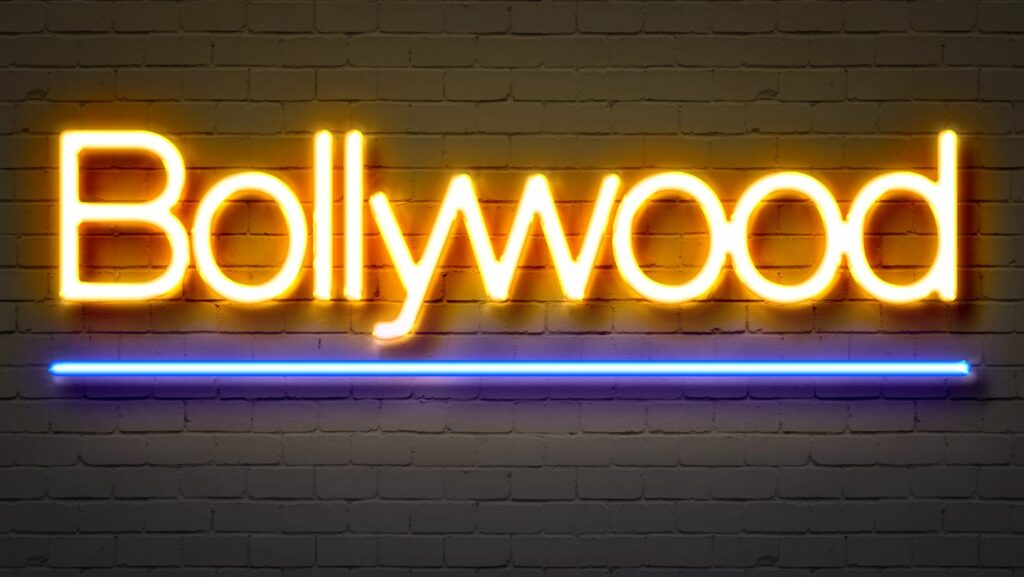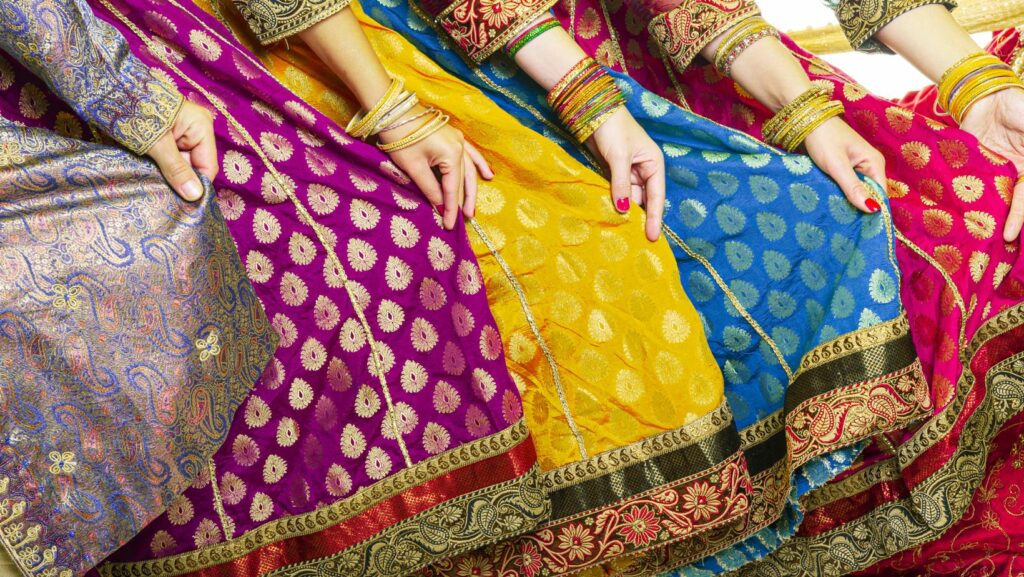Key Takeaways
- Cultural Melting Pot: Bollywood language is primarily based in Hindi but blends elements from Urdu, Punjabi, and regional dialects, reflecting India’s rich cultural diversity.
- Evolving Linguistics: The language in Bollywood films has evolved from formal Hindi to conversational styles, incorporating contemporary slang and English to connect with younger audiences.
- Influence of Other Languages: Bollywood language is enriched by influences from various languages, including Urdu for its poetic elements and English for modern resonance, appealing to a global audience.
- Impact on Society: The language used in Bollywood significantly shapes popular culture, permeating everyday conversations and influencing fashion and social trends.
- Globalization and Cultural Exchange: Bollywood language merges traditional and contemporary linguistic elements, fostering cultural dialogue and representing India’s diverse identity on a global stage.
- Representation Challenges: Criticism arises regarding the misrepresentation of cultural identities and the potential erosion of regional languages, highlighting the need for more authentic storytelling and inclusivity.
Bollywood isn’t just known for its vibrant films and catchy music; it’s also a melting pot of languages and dialects that reflect India’s rich cultural tapestry. The language of Bollywood films, primarily Hindi, serves as a bridge connecting diverse audiences both in India and around the world. With its unique blend of Urdu, Punjabi, and regional dialects, Bollywood language captivates viewers and enriches storytelling.
As the industry evolves, so does its language, incorporating contemporary slang and English phrases to resonate with younger generations. This dynamic linguistic landscape not only enhances the cinematic experience but also influences popular culture, fashion, and even everyday conversations. Exploring Bollywood language reveals much about the society it represents, making it a fascinating subject for anyone intrigued by film, culture, and communication.
Bollywood Language
Bollywood language reflects India’s cultural diversity, primarily utilizing Hindi while intertwining elements of Urdu, Punjabi, and various regional dialects. This linguistic mixture creates a distinctive voice that resonates with a wide audience.
Bollywood films incorporate contemporary slang and English phrases to capture the attention of younger viewers, showcasing the industry’s adaptability to changing cultural dynamics. The integration of these elements not only enhances dialogue authenticity but also influences popular culture, making the language an essential part of entertainment.
It functions as more than a means of communication; it serves as a bridge connecting different cultures and communities across India and beyond. Exploring Bollywood language sheds light on societal values, modern trends, and the changing landscape of communication in a globalized world.
Historical Context

The historical development of Bollywood language reflects the complexity of India’s linguistic heritage. From its initial phases, the language in Bollywood films has undergone significant evolution, adapting to cultural shifts and audience preferences.
Evolution of Language in Bollywood
Language in Bollywood evolved significantly since the industry’s inception in the early 20th century. Early films primarily featured formal Hindi, but as the industry grew, filmmakers started incorporating conversational Hindi along with dialects from across India. The 1950s and 1960s introduced a blend of poetic dialogue and vernacular speech, enhancing emotional depth. By the 1990s, the incorporation of English phrases and contemporary slang became prevalent, appealing to younger audiences and reflecting urbanization. Today’s dialogues seamlessly fuse Hindi, Urdu, and English, showcasing a dynamic linguistic landscape that mirrors societal changes.
Influences from Other Languages
Bollywood language draws significant influences from several languages. Urdu, with its rich poetic tradition, enhances the lyrical quality of songs and dialogues. Punjabi contributes vibrant expressions and rhythmic patterns, while regional languages like Bengali, Tamil, and Marathi introduce unique cultural nuances. Additionally, English has penetrated modern dialogues, especially in urban-centric films, often symbolizing globalization and modern identity. This blend of influences fosters a multicultural dialogue that resonates across diverse demographics, enriching the cinematic experience.
Characteristics of Bollywood Language

Bollywood language showcases a rich blend of dialects, slang, and contemporary expressions, reflecting India’s dynamic culture. This distinct linguistic style engages audiences while providing insights into societal trends.
Use of Slang and Colloquialisms
Bollywood scripts use slang and colloquial expressions to create relatable characters and scenarios. Writers incorporate popular phrases and informal language that resonate with viewers, ensuring authenticity. For example, terms like “yaar” (friend) or “kya scene hai?” (what’s happening?) establish a casual tone indicative of everyday conversations. This approach enhances the emotional appeal of films, making dialogues engaging and relevant.
Incorporation of English
English plays a significant role in modern Bollywood dialogue, reflecting globalization’s impact. Filmmakers naturally blend English phrases into conversations, catering to younger audiences familiar with the language. Common examples include phrases like “Let’s go!” or “What’s the plan?” This integration not only broadens the reach of Bollywood films but also illustrates the fusion of cultures, highlighting a modern identity that resonates with a diverse viewer base.
Impact on Culture and Society

Bollywood language significantly influences culture and society, reflecting and shaping the dynamics of modern Indian life. Its integration of diverse linguistic elements fosters cultural exchange and enhances the cinematic experience.
Bollywood Language in Popular Culture
Bollywood language permeates popular culture through music, dialogue, and fashion. Iconic phrases and catchphrases from films often enter everyday conversation, making them part of the cultural lexicon. For example, expressions such as “Babu Moshai” and “Sharma ji ka beta” symbolize social context in humorous ways. Additionally, songs from movies introduce new slang and expressions, influencing young people’s linguistic choices. The use of colloquial terms and conversational Hindi strengthens connections among viewers, contributing to a shared cultural identity across generations.
Its Role in Globalization
Bollywood language plays a pivotal role in globalization by merging traditional and contemporary linguistic elements. The infusion of English phrases and global slang reflects the influence of Western culture, appealing to a broader audience. Films often showcase diverse characters communicating in a mix of Hindi, Urdu, and English, illustrating the interconnectedness of cultures. Such linguistic adaptation resonates with viewers from various backgrounds, promoting cultural dialogue beyond India’s borders. This blend not only enriches Bollywood narratives but also positions Indian cinema as a significant player in the global entertainment industry.
Challenges and Criticism
Bollywood language faces numerous challenges and criticisms, particularly concerning representation and the preservation of regional languages in India.
Misrepresentation and Stereotyping
Misrepresentation often occurs in Bollywood films, where characters symbolize exaggerated stereotypes rather than authentic cultural identities. This tendency can reinforce harmful clichés, limiting the portrayal of diverse communities. For example, the depiction of certain regional groups may lack depth, focusing on superficial traits rather than nuanced backgrounds. Critics argue that these portrayals contribute to societal misconceptions, reinforcing biases and diminishing the unique qualities of various cultures. Effective storytelling requires more authentic representations; however, commercial interests frequently overshadow these principles, leading to one-dimensional character development and false narratives.
Preservation of Regional Languages
The influence of Hindi and English in Bollywood poses challenges to the preservation of regional languages across India. As filmmakers increasingly prioritize Hindi dialogue and contemporary slang, regional dialects and languages often receive less screen time. Linguists express concerns that this trend threatens the vitality of languages like Tamil, Bengali, and Punjabi, which risk erosion in popular culture. While Bollywood has the potential to celebrate linguistic diversity, the focus on homogenization might alienate audiences in regional markets. Efforts to create inclusive narratives that embrace local languages can enhance cultural authenticity and engagement, fostering a richer cinematic experience for all viewers.
Fostering Authenticity And Inclusivity
Bollywood language is a vibrant tapestry that reflects India’s rich cultural diversity. It evolves continuously as filmmakers blend traditional dialects with modern slang and English phrases, appealing to a broad audience. This linguistic fusion not only enhances storytelling but also shapes popular culture, influencing how people communicate in everyday life.
While challenges such as representation and the preservation of regional languages persist, the importance of embracing diverse narratives cannot be overstated. By fostering authenticity and inclusivity, Bollywood can continue to resonate with viewers across different backgrounds. Ultimately, Bollywood language stands as a testament to the industry’s adaptability and its role in bridging cultural divides.



